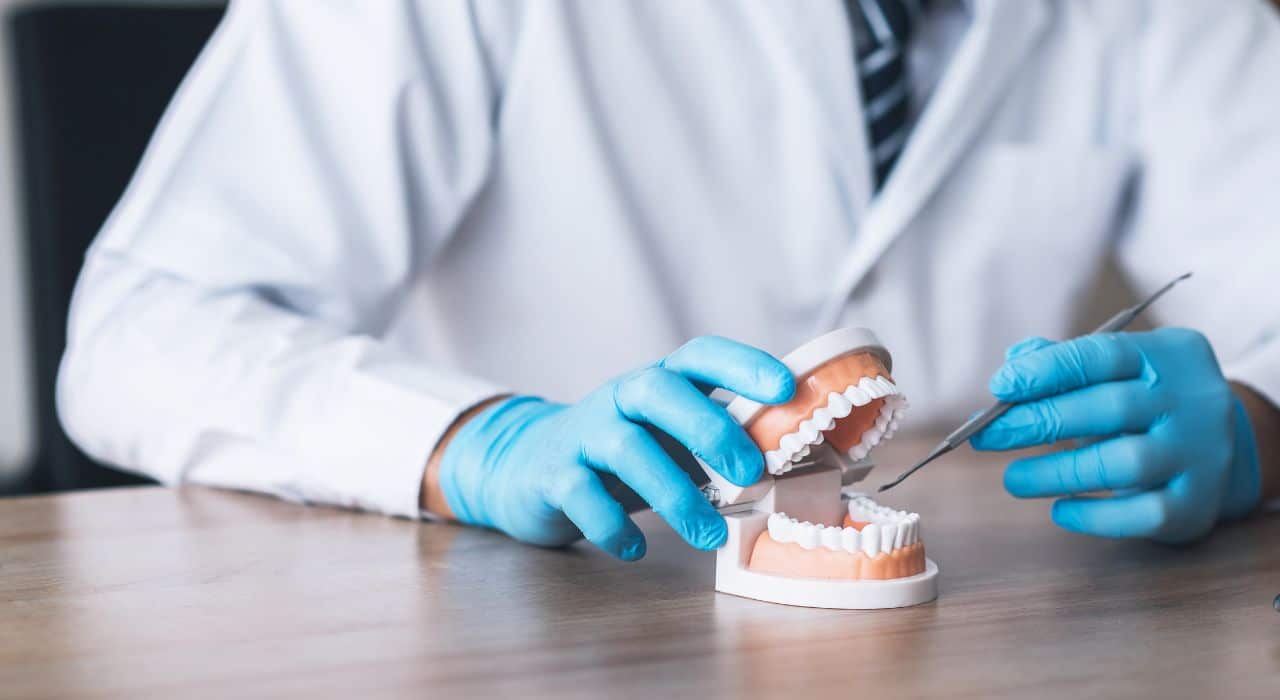The Difference Between TMD and TMJ
The Difference Between TMD and TMJ
Temporomandibular joint (TMJ) disorder is a common condition that affects a significant population. It is characterized by pain and stiffness in the jaw joint, clicking or popping sounds, and limited jaw movement. However, many people mistakenly use TMJ to refer to the disorder, when in fact, TMJ stands for the jaw joint itself. The correct name for the condition is Temporomandibular Disorder (TMD). In this blog post, we will explore the difference between TMD and TMJ, their causes, symptoms, and treatment options.
What is TMD?
TMD is a disorder that affects the temporomandibular joint, which connects your skull to your jaw. This joint is essential for any movement of the jaw, such as when you chew, speak, or yawn. TMD can cause pain and discomfort when this joint is not functioning correctly. Some common symptoms of TMD include ear pain, headaches, jaw pain, and clicking sounds in the jaw.
What is TMJ?
The TMJ is the hinge that connects your jaw to your skull. It is responsible for allowing your mouth to open and close, and it is located just in front of your ear. The TMJ is a complex joint that consists of muscles, ligaments, and bones. It works in tandem with the surrounding structures to allow for movement, but when it is damaged or not functioning correctly, it can lead to TMD.
What Causes TMD?
The causes of TMD are not entirely understood, but several factors can contribute to the development of this condition, such as injury to the jaw or joint, arthritis, stress, teeth grinding, or malocclusion.
What Causes TMJ?
The TMJ can become damaged due to several factors, including injury, wear and tear due to aging, or a misaligned bite. Clenching or grinding your teeth, called bruxism, can also cause damage to the TMJ.
Treatment Options for TMD and TMJ
There are several treatment options available for TMJ and TMD. Treatment options for TMD vary, depending on the severity and underlying cause of the condition. These can include self-care measures, such as avoiding hard or chewy foods, applying warm or cold compresses, or practicing relaxation techniques. For severe cases, dental treatments such as bite guards, dental crowns, or orthodontic treatment may be recommended. TMJ treatment options include self-care measures such as avoiding hard or chewy foods and using hot or cold compresses. Sometimes, medication such as muscle relaxants may be prescribed. In more severe cases, surgery may be required.
Contact Us Today!
In summary, TMJ disorder and TMD are not the same things. TMJ refers to the jaw joint itself, while TMD is a disorder that affects the TMJ. They have similar symptoms, but their treatments are different, depending on the underlying cause and severity of the condition. It is essential to seek professional dental advice if you experience any TMJ or TMD symptoms to have a proper diagnosis and receive appropriate treatment. If you’re experiencing TMD or TMJ, come see us at Park Hills Family Dentistry in Lexington KY. We’re more than happy to help you find a solution that works for you!

